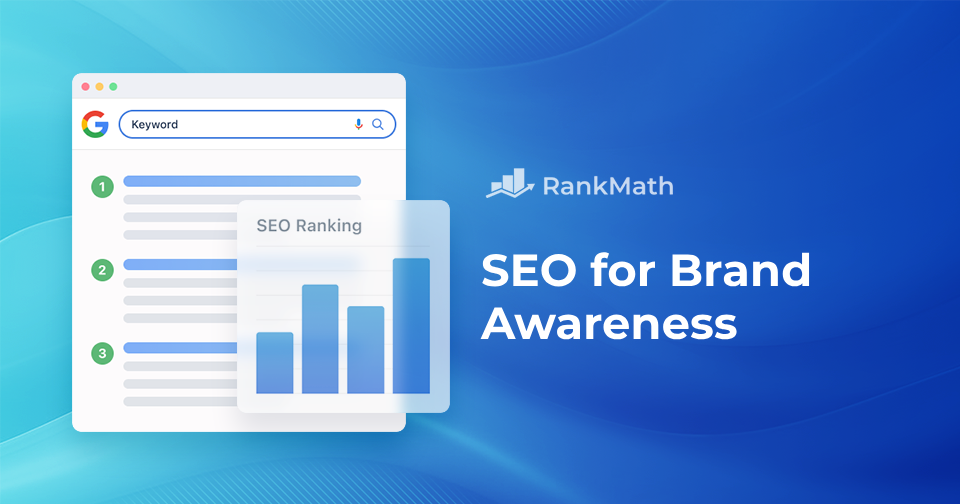When you think of SEO, you might immediately picture rankings, keywords, and traffic. But SEO is also one of the most powerful ways to build your brand’s presence online.
Every time your business shows up in search results, you’re not just attracting clicks, you’re strengthening recognition, credibility, and trust.
In this post, you’ll learn how to use SEO strategically to boost brand awareness. So, without any further ado, let’s get started.

Table Of Contents
1 Understanding the Connection Between SEO and Brand Awareness
Your visibility in search engines plays a big role in how visitors see your brand. When your website consistently shows up at the top of search results, you come across as more trustworthy and authoritative. This presence doesn’t just drive clicks, it builds credibility and makes your brand more memorable.
Organic traffic is at the heart of lasting brand recognition. Unlike paid ads that fade once the budget runs out, organic visibility keeps bringing visitors to your site over time. Every search impression is a chance for your audience to discover, trust, and remember you.
Consistency also matters. Think of Nike, no matter where you see their content, whether in search results, on social media, or in a video, the message feels the same.
That consistency builds recognition. For your brand, the goal is to deliver a unified message across every touchpoint so your audience instantly connects with you, no matter how they find you.
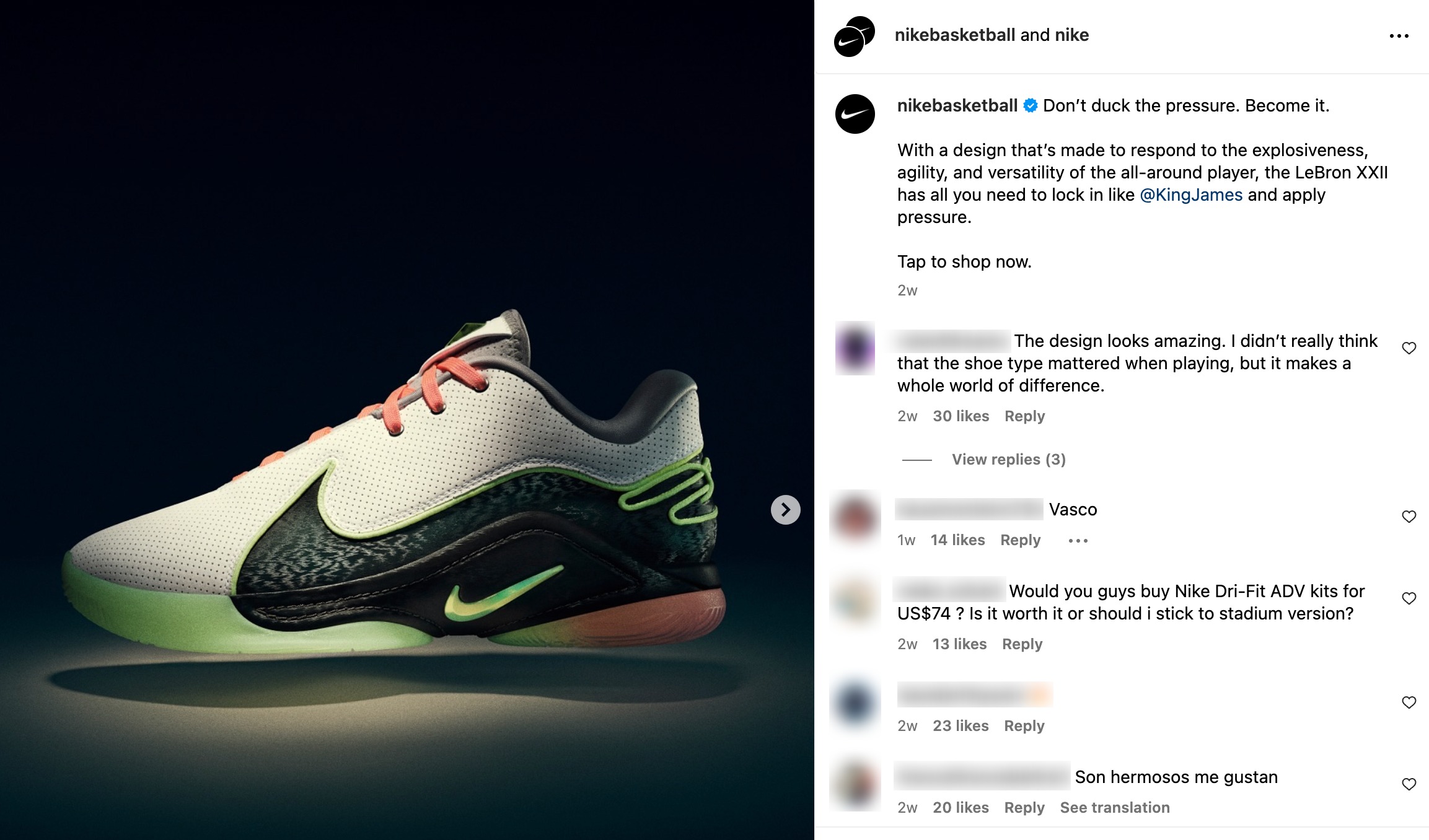
2 How to Use SEO for Brand Awareness
You can use SEO strategically to make your brand more visible, memorable, and trusted. Let’s walk through the key steps.
2.1 Create Keyword Clusters
Keyword clustering is the practice of grouping related search terms into thematic clusters instead of focusing on single keywords.
This approach gives you two big advantages: it helps your content rank for multiple queries at once, and it allows you to build brand authority by covering a topic more thoroughly than your competitors.
Hence, instead of targeting single keywords, focus on keyword clusters, groups of related terms that cover a broader topic.
To create clusters quickly, you can use tools like Rank Math’s RankBot or Google Keyword Planner.
To use RankBot, ensure that you’ve enabled the Content AI module from your WordPress dashboard. Once done, you can access RankBot by navigating to Rank Math SEO → Content AI → Chat from your WordPress dashboard.
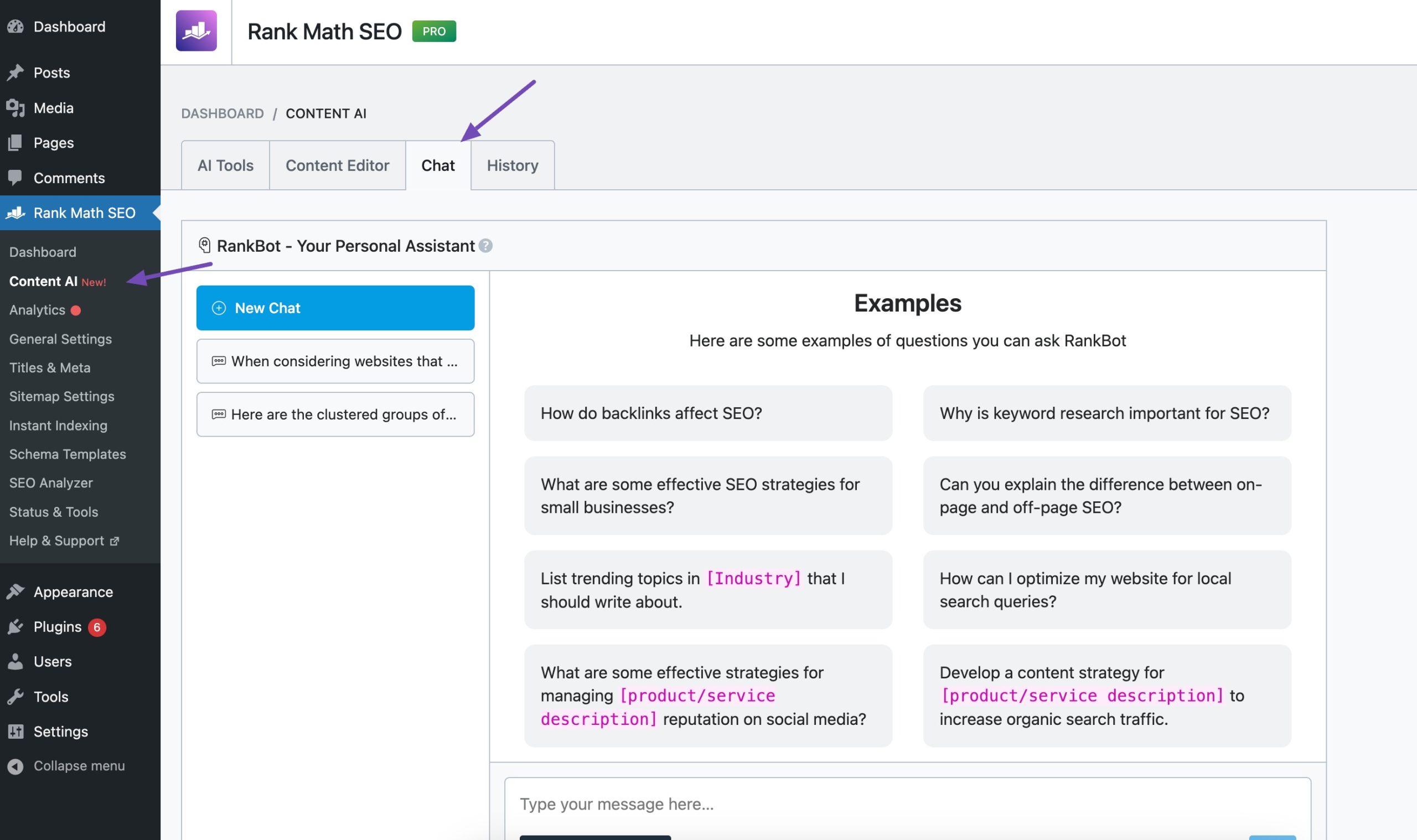
In RankBot, enter a prompt such as:
Cluster the following list of keywords into groups based on their topic. Each group should contain keywords that are closely related to each other and have the same search intent. Here is the list of keywords: [keywords].
The above prompt will help RankBot provide a wide range of related keywords that match different user intents and specific keywords to help you rank for varied search queries.

By creating a series of blog posts or a cornerstone page that addresses each related keyword, you can dominate the SERPs for your niche while boosting your brand’s identity.
2.2 Determine What Kind of Content to Publish
Once you’ve created keyword clusters, the next step is to determine the types of content that will align with your audience’s needs and boost your brand awareness.
To do this, consider the intent behind each keyword cluster and align your content with the needs of your audience at different stages of their journey.
For instance, informational keywords like how to choose eco-friendly furniture may call for in-depth blog posts or guides that position your brand as a helpful and knowledgeable resource. On the other hand, transactional keywords such as buy sustainable furniture online will benefit from optimized product pages or landing pages that highlight your offerings.
Rank Math PRO’s Search Intent feature helps you ensure your content aligns with the correct search intent of your primary focus keyword, improving your chances of ranking higher. Right beside the primary keyword, you’ll find the Show Intent button; clicking it instantly reveals the keyword’s intent.
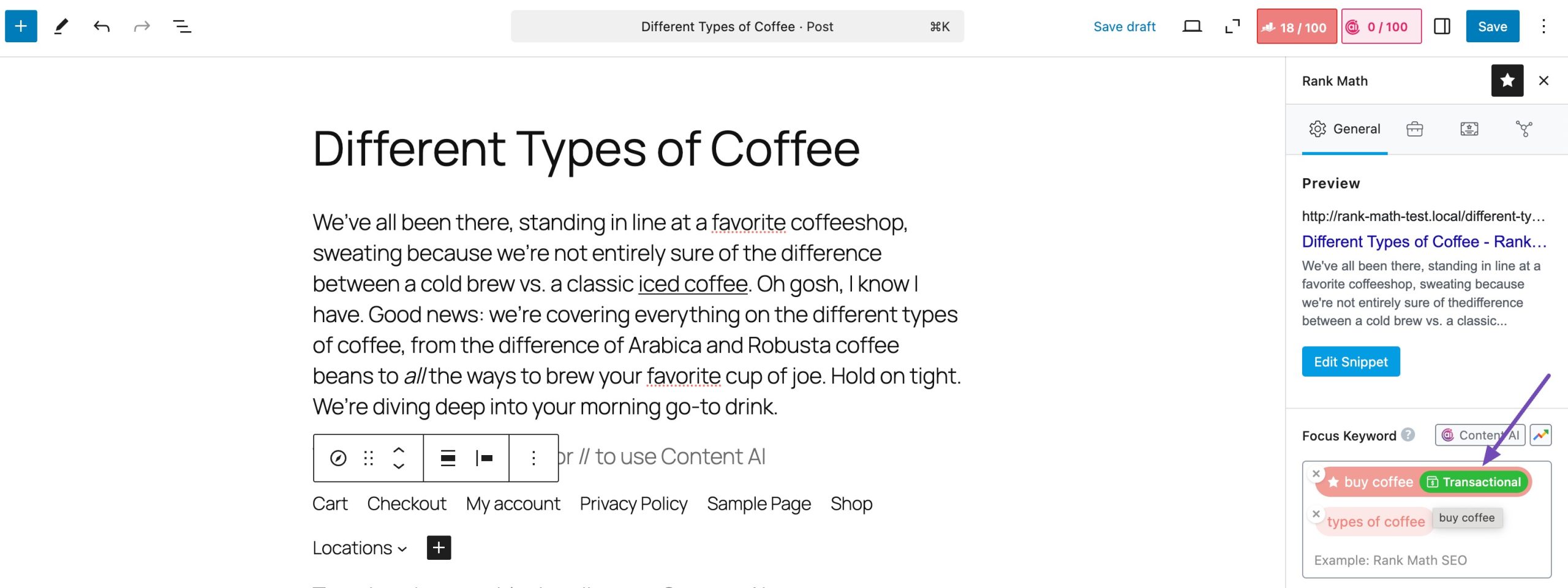
This feature applies to the first keyword in the field, marked with a star. If you want to check another keyword’s intent, simply drag it to the first position, then click the intent button.
2.3 Create High-Quality Content
High-quality content is the foundation of building brand awareness through SEO. It’s not about stuffing keywords; it’s about delivering real value, answering questions, and meeting your audience’s needs.
This is more important than ever because Google’s search results are increasingly featuring AI Overviews (AIOs) at the very top of the page. If you want your content to be a source for these summaries, it needs to provide a clear, definitive, and authoritative answer to the query. The more comprehensive and trustworthy your content is, the higher your chances of being included in an AIO and earning that prime visibility.
To do this well, your content should be well-researched, engaging, visually appealing, and fully optimized for search engines. That can feel overwhelming, but the right tools make it much easier.
With our Content AI, you can create content that is both user-friendly and SEO-friendly. Our tool gives you keyword-specific recommendations, highlights readability issues, and suggests opportunities to add internal links, external references, images, or videos, all of which keep your audience engaged longer.
If you want to build content from scratch, the Blog Post Wizard AI tool can guide you step by step. It helps you generate compelling titles, outline your article, and create comprehensive drafts aligned to your topic.
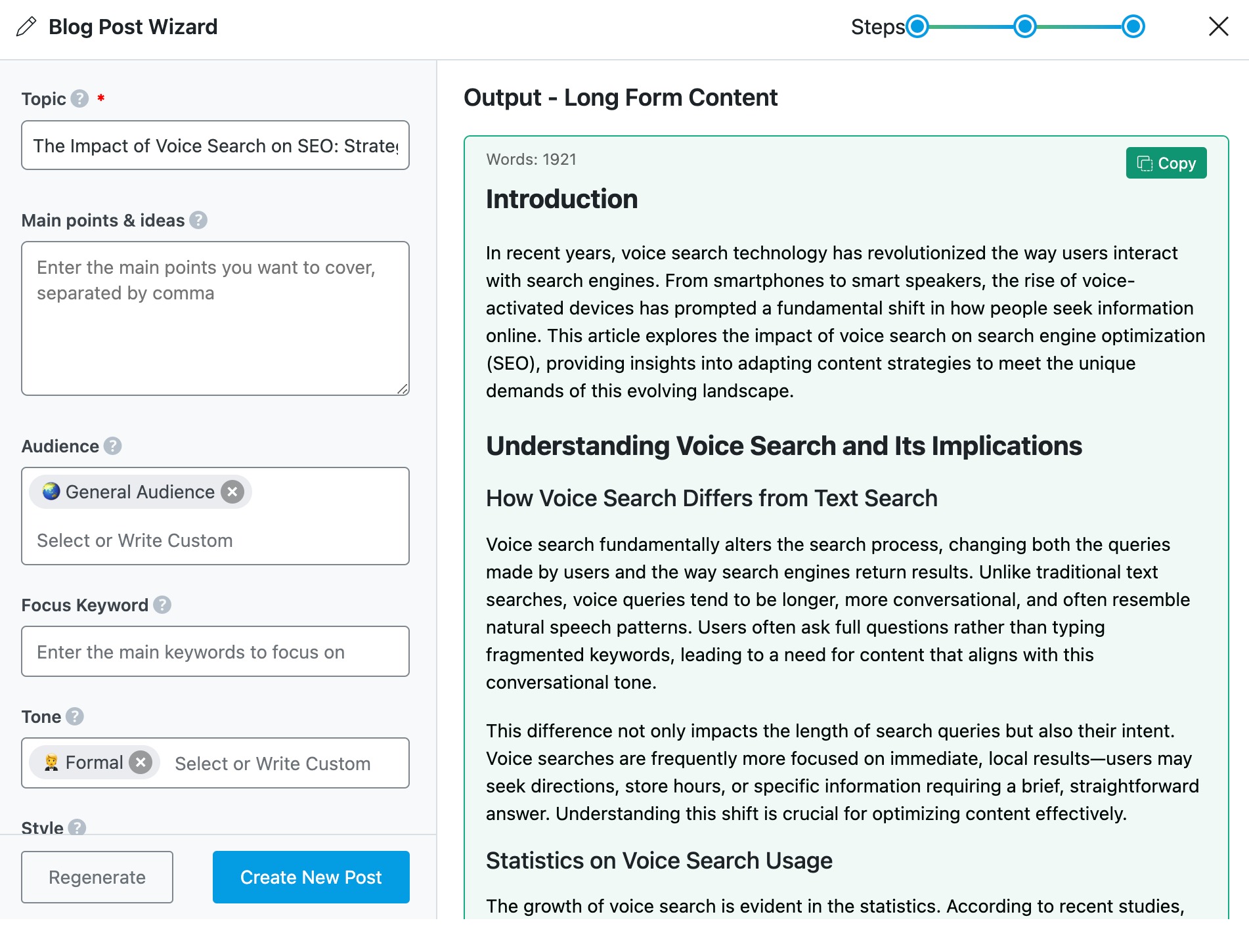
AI is already transforming the way users create content. 47% of users say it helps them produce content faster, while 35% are focusing more on quality over quantity. With Rank Math’s Content AI, you can stay ahead of this shift by combining speed with quality.
Finally, if your content fails an SEO test, you don’t need to spend hours fixing it. Just click Fix with AI, and the tool will automatically resolve the issue in seconds, letting you focus on creating content your audience will actually enjoy.
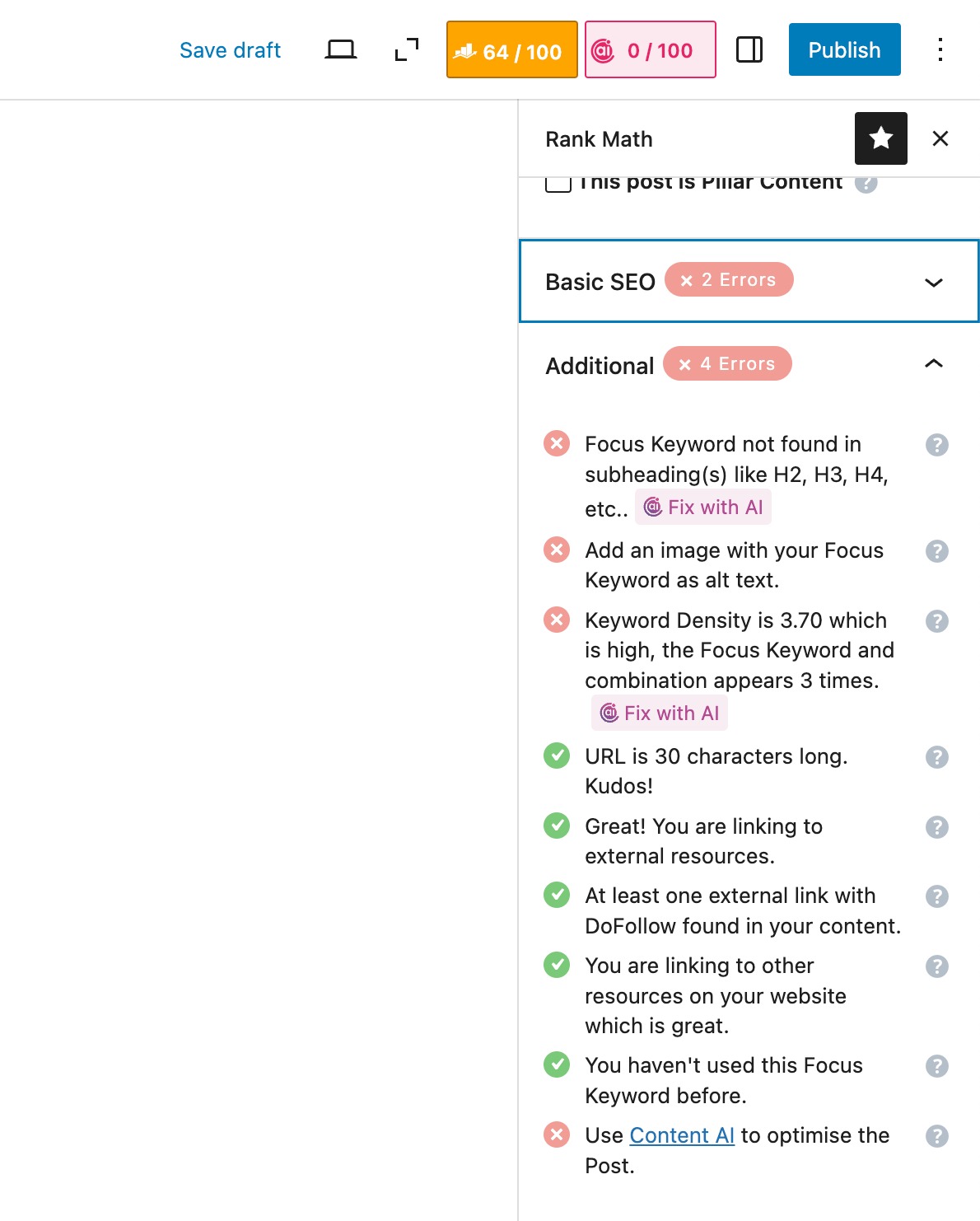
2.4 Build High-Quality Backlinks
Backlinks are one of the strongest signals for both SEO and brand awareness. When your content is linked from reputable, relevant websites, it acts as a vote of confidence, showing search engines and new audiences that your brand is trustworthy.
Strong backlinks don’t just boost rankings. They also bring in referral traffic and put your brand in front of audiences who may not have discovered you otherwise.
To get started, focus on link prospecting. Identify sites in your niche that have authority and an engaged audience.
You don’t have to start from scratch when looking for quality link opportunities. Rank Math’s Content AI can help. When editing your blog post in WordPress, open the Rank Math meta box and click the Content AI button.
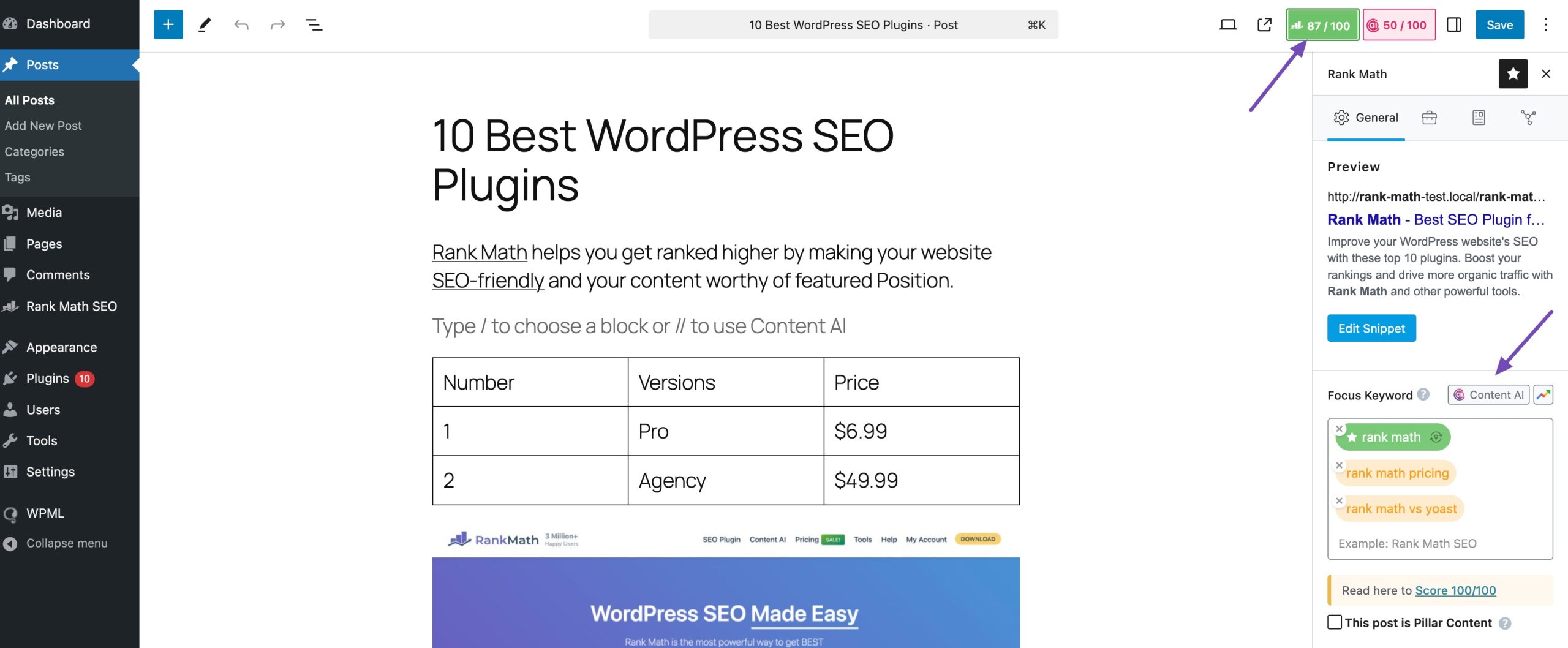
Enter your focus keyword, and the tool will analyze it to provide SEO recommendations.
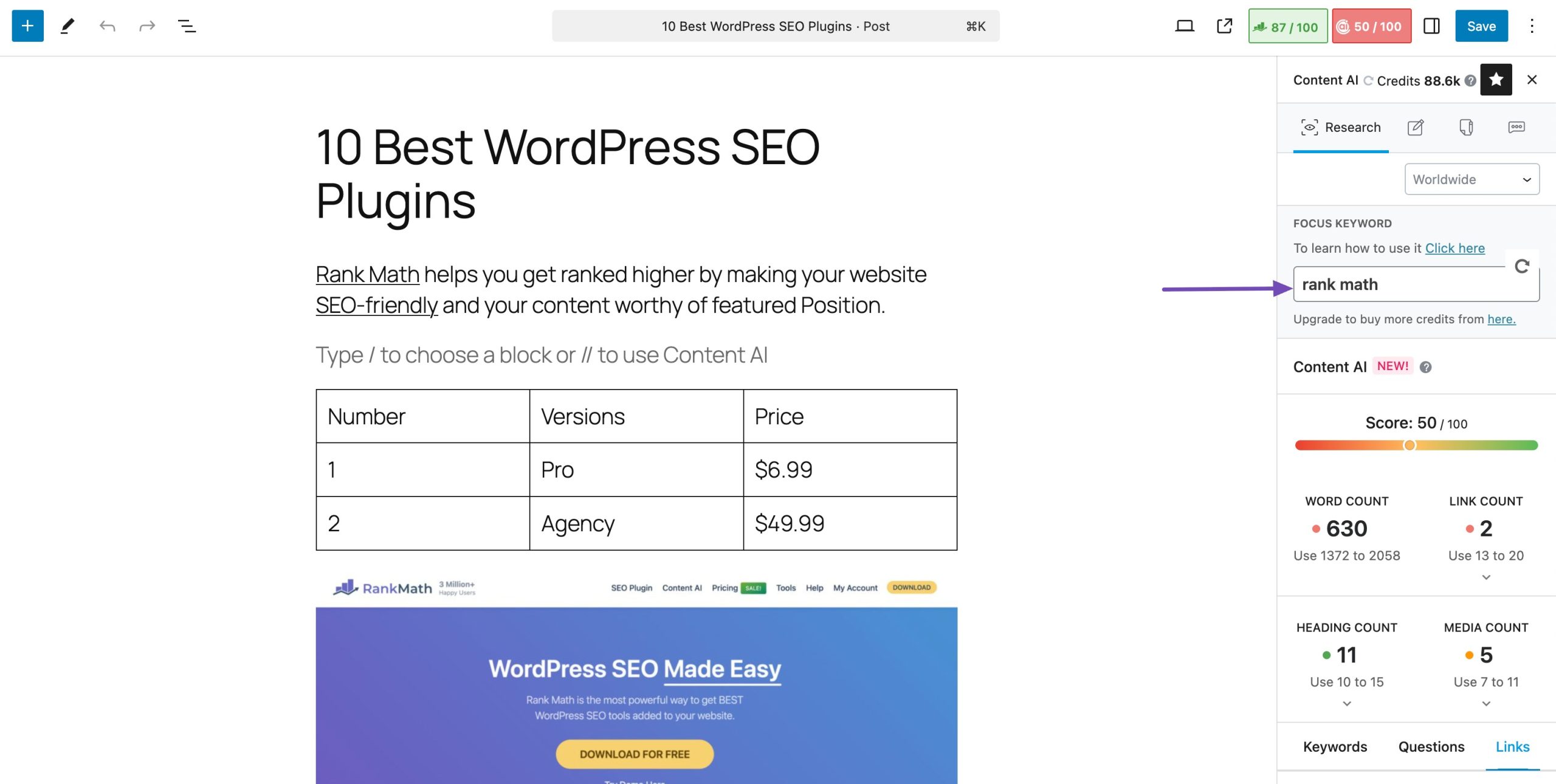
Inside the Content AI dashboard, scroll down to the Link Suggestions section. Here, you’ll see a list of authoritative external links that are highly relevant to your keyword. These suggestions are generated by analyzing what top-ranking pages include, so you can easily add trusted, valuable sources to your content.

From there, use strategic outreach, such as guest posts, collaborations, or resource contributions, to earn links naturally.
You can also partner with influencers, industry experts, or complementary brands. When respected voices mention your content, products, or services, you gain not only backlinks but also credibility and exposure.
Reder to our dedicated link-building tutorial to build links and boost brand awareness.
2.5 Provide a Good User Experience
SEO isn’t just about keywords and links; it’s also about how visitors feel when they visit your site. A smooth, enjoyable user experience (UX) helps visitors stay longer, engage more, and form a positive impression of your brand.
Search engines notice this, too. Google rewards sites that deliver a great page experience, which means UX directly affects both rankings and brand perception.

Here are a few ways to improve your site’s UX:
- Optimize speed: A fast-loading site reduces bounce rates and keeps visitors engaged.
- Make it mobile-friendly: Ensure your site is responsive and easy to use on any device.
- Simplify navigation: Clear menus, search bars, and breadcrumbs help users find what they need quickly.
When visitors can easily navigate and enjoy your site, they’re more likely to trust your brand and return.
Refer to our dedicated tutorial on speed optimization to improve your page experience.
2.6 Improve Social Signals
While social signals (likes, shares, comments, and overall engagement on platforms like LinkedIn, X, Instagram, or Facebook) are not a direct Google ranking factor, they play an important role in building brand awareness.
When audiences share and engage with your content on social media, it amplifies your reach, gets your brand in front of a wider audience, and encourages more users to search for your brand directly. These brand searches signal to Google that visitors are interested in your business, which strengthens your credibility.

Additionally, the increased visibility from social engagement can naturally lead to backlinks, as bloggers, journalists, and other creators discover and reference your content. Both brand searches and backlinks are proven ranking factors, making social signals an indirect yet powerful way to improve your SEO.
To maximize impact:
- Share your content consistently across multiple platforms.
- Repurpose posts into different formats (short clips, infographics, carousels).
- Encourage discussions and respond to comments to boost engagement.
- Collaborate with influencers or industry leaders to expand reach.
3 Frequently Asked Questions
What types of content help increase brand awareness through SEO?
High-quality blog posts, educational guides, resource pages, comparison articles, and other content that answers common search queries will attract organic visibility and build your brand’s reputation.
Should I focus more on branded or non-branded keywords?
A mix is best: branded keywords strengthen recognition among your existing audience, while non-branded terms expose your brand to new users who might not otherwise find you.
Can local SEO help with brand awareness?
Yes, optimizing for local search (like Google Business Profile and local keywords) makes your brand more visible to nearby audiences, especially when users search for services or products near them.
4 Conclusion
Using SEO to build brand awareness isn’t just a marketing tactic; it’s a long-term investment in your visibility, credibility, and growth. By understanding how search impacts brand perception, you can strengthen both your rankings and your reputation.
Keep in mind, this isn’t about quick wins. SEO for brand awareness takes consistent effort, strategic planning, and the flexibility to adapt as trends change. But the payoff is lasting; you’ll create a sustainable presence that keeps your brand top of mind.
Start applying these strategies today, and you’ll see your brand awareness grow steadily, one search at a time.
If you like this post, let us know by tweeting @rankmathseo.
